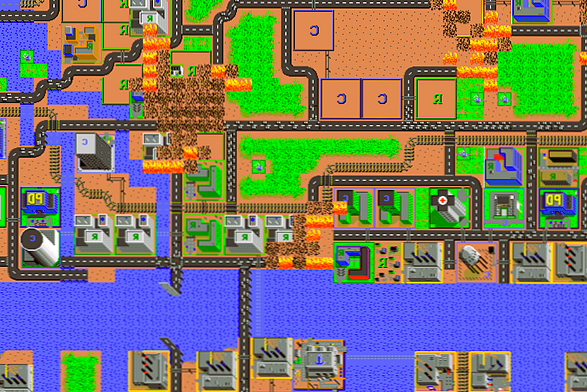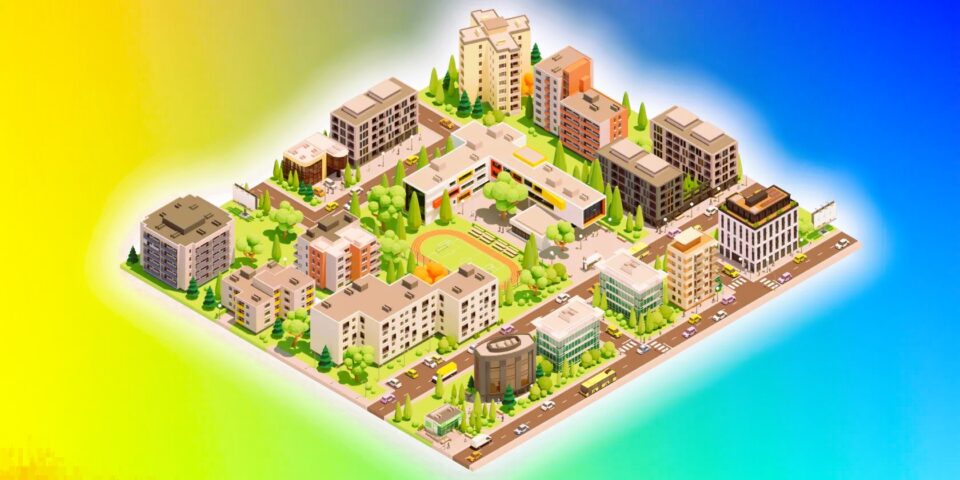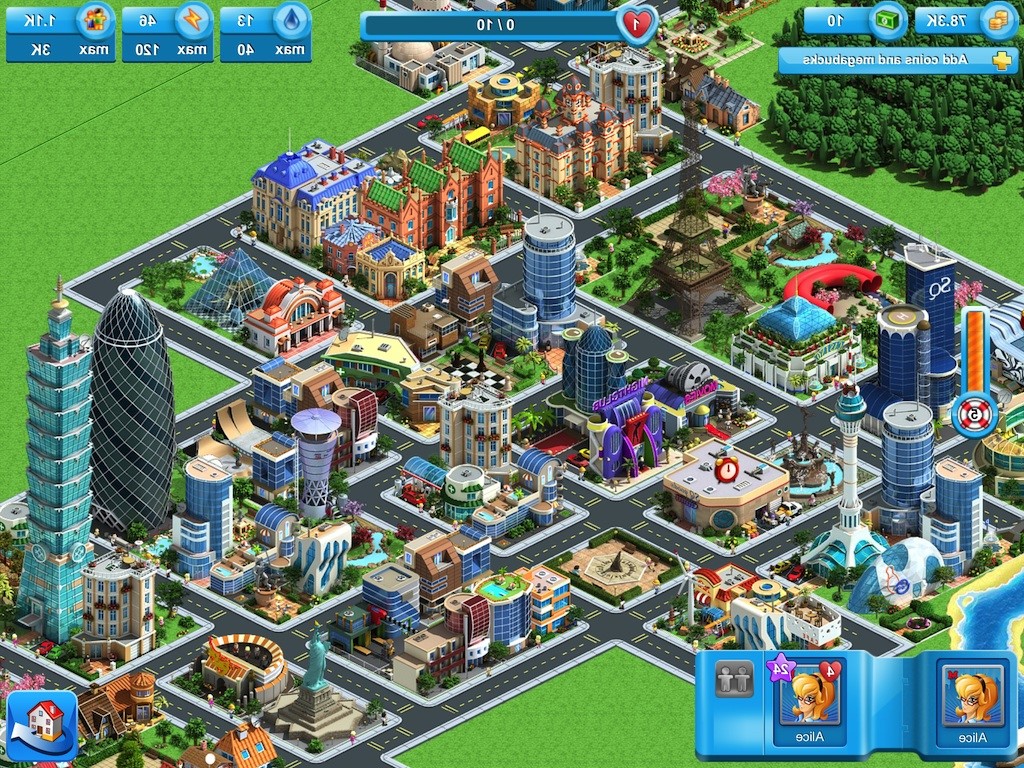In the ever-evolving landscape of gaming, the shift towards mobile platforms has become increasingly pronounced. Micropolis, the beloved city-building game, is no exception to this trend. As we explore the intersection of mobile gaming and the future of urban planning, we unveil the transformative impact Micropolis has had on the gaming industry and the way we perceive virtual cities.
The Rise of Mobile Gaming: A Paradigm Shift
In recent years, mobile gaming has experienced unprecedented growth, becoming a dominant force in the gaming industry. The accessibility, convenience, and technological advancements of smartphones and tablets have turned these devices into powerful gaming platforms. Micropolis recognized this shift early on and embraced the mobile format to bring city-building to the fingertips of millions.
Micropolis Mobile: A Seamless Transition
The adaptation of Micropolis to mobile devices was not merely a porting of the game; it was a meticulous transformation to ensure a seamless transition from desktop to mobile. The intuitive touch controls, optimized user interface, and thoughtful redesign of gameplay mechanics allowed players to experience the charm of Micropolis without compromise, regardless of the device they chose.
Urban Planning on the Go: Micropolis as an Educational Tool
Micropolis Mobile extends beyond mere entertainment; it serves as a valuable educational tool for understanding urban planning concepts. The game empowers players to experiment with various city layouts, zoning strategies, and infrastructure development, offering a hands-on experience in virtual urban design. Aspiring city planners and casual gamers alike can explore the intricacies of city-building on the go.
The Future of Urban Planning: Micropolis as a Visionary Platform

Micropolis on mobile devices not only reflects the present state of gaming but also offers a glimpse into the future of urban planning simulations. The integration of augmented reality (AR) and location-based features opens new avenues for immersive city-building experiences. Imagine constructing virtual cities that interact with real-world locations, allowing players to merge their digital and physical environments.
Join the Micropolis Community on Fandom
Mobile Gaming and Social Connectivity: Building Virtual Communities
Micropolis Mobile goes beyond individual gameplay; it fosters social connections and community engagement. Players can collaborate, trade resources, and embark on multiplayer challenges, creating a vibrant community that transcends geographical boundaries. The social aspect of Micropolis Mobile mirrors the interconnected nature of modern urban societies.
Challenges and Opportunities: Navigating the Mobile Frontier
While Micropolis Mobile has undoubtedly opened new horizons, it also presents challenges. Adapting complex city-building mechanics to smaller screens requires a delicate balance. The development team continues to address technical constraints while exploring innovative features that leverage the unique capabilities of mobile devices. Do you like the article? Read also about Oxygen Not Included.
Micropolis Paves the Way for Mobile Gaming’s Urban Revolution
Micropolis on the go epitomizes the fusion of gaming and urban planning, providing an immersive experience that transcends traditional boundaries. As the game evolves, it stands as a testament to the limitless possibilities that mobile platforms offer for the future of gaming and the exploration of virtual urban landscapes.
In the dynamic realm of mobile gaming, Micropolis continues to shape the way we envision, build, and interact with virtual cities. As we look ahead, the marriage of mobile gaming and urban planning in Micropolis sets a precedent for a future where creativity knows no bounds.


